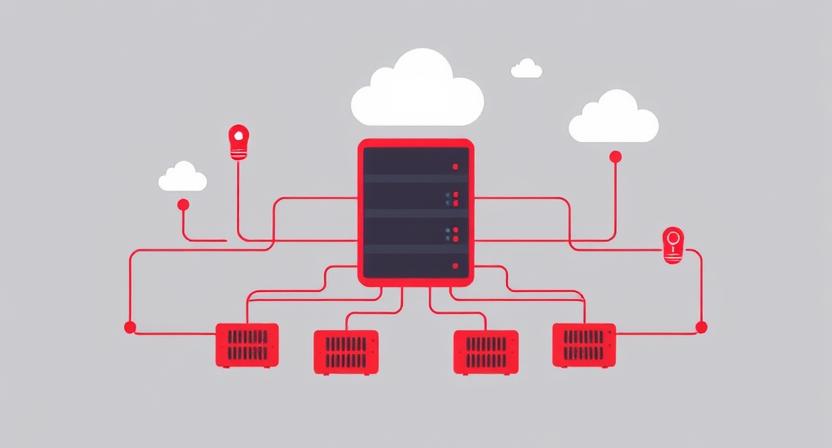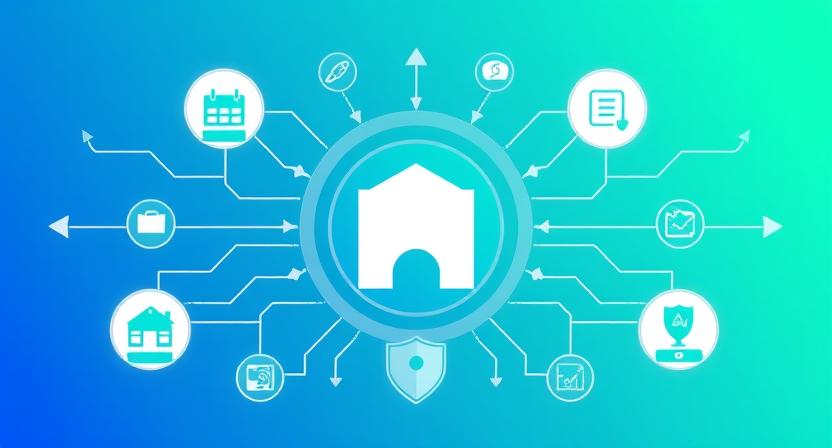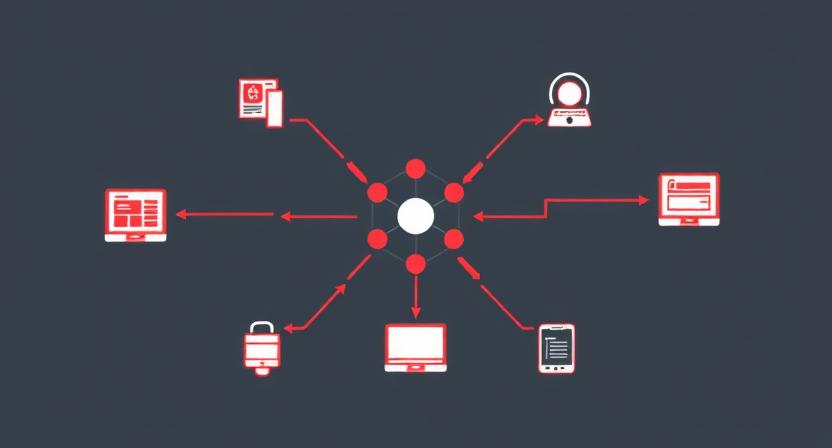Oracle WebLogic Server has long been a leader in the middleware space, powering mission-critical applications across industries. As organizations modernize, many question whether WebLogic still fits into cloud-first strategies. Understanding its role and capabilities is essential for enterprises planning robust IT architectures.
Core Capabilities
WebLogic provides a robust Java EE application server environment. Key features include clustering for high availability, advanced security configurations, load balancing, and transaction reliability. Enterprises leverage these capabilities to ensure consistent performance under heavy workloads and mission-critical operations.
It supports web applications, enterprise JavaBeans (EJB), messaging, and integration with Oracle databases, making it a central piece of many enterprise stacks. Organizations that deploy WebLogic benefit from its mature ecosystem, stability, and predictable behavior under load.
Integration with Modern Systems
While WebLogic is a traditional middleware solution, it integrates seamlessly with cloud platforms, containerized environments like Kubernetes, and modern DevOps pipelines. Oracle has invested in containerization support, allowing enterprises to deploy WebLogic in hybrid environments efficiently.
Integration adapters and APIs make connecting WebLogic to SaaS applications, databases, and microservices straightforward. Enterprises can maintain legacy applications while adopting modern architecture practices, ensuring flexibility and scalability.
Performance and Optimization
Proper configuration of WebLogic domains, JVM tuning, and resource allocation is critical for achieving optimal performance. Enterprises often implement monitoring and auto-scaling strategies to ensure predictable response times and high throughput.
Clustering and session replication further enhance resilience, allowing applications to continue running during hardware or software failures. With the right tuning, WebLogic can meet the most demanding enterprise performance requirements.
Enterprise Value
WebLogic remains a trusted choice for organizations running large-scale Java applications. Regular updates and support from Oracle ensure long-term viability, security, and compliance with enterprise standards.
Enterprises that rely on WebLogic gain a mature middleware solution with extensive documentation, professional support, and proven reliability. This makes it ideal for mission-critical applications where downtime or performance issues can have significant business impact.
Cloud and Hybrid Deployment
WebLogic now supports deployment on Oracle Cloud Infrastructure (OCI), AWS, and hybrid models, providing flexibility for cloud adoption strategies. Enterprises can leverage automated provisioning, monitoring, and management tools to simplify operations in multi-cloud environments.
This flexibility ensures that WebLogic remains relevant in modern architectures, providing both stability for legacy workloads and agility for new cloud-native applications.
In conclusion, Oracle WebLogic Server continues to offer enterprises a reliable, scalable, and secure middleware platform. By understanding its capabilities and integrating it with modern IT practices, organizations can maximize value and support long-term digital transformation initiatives.



